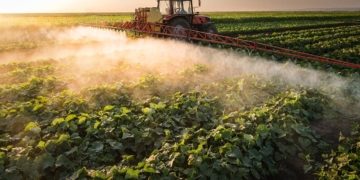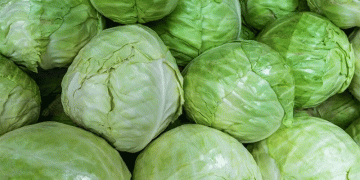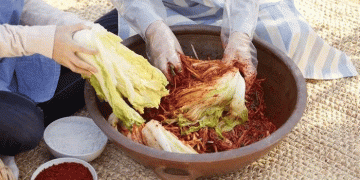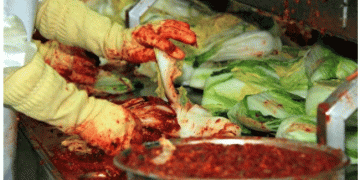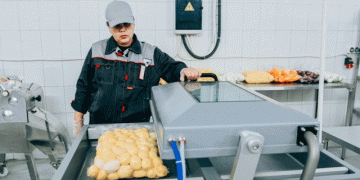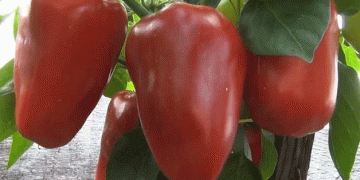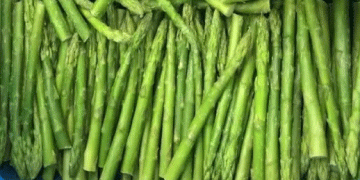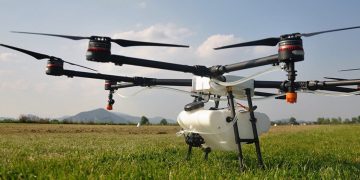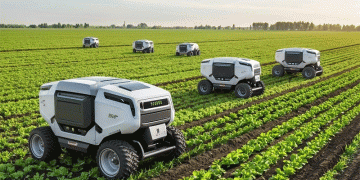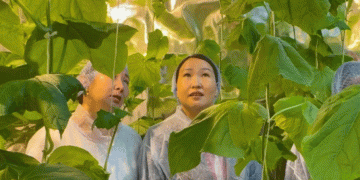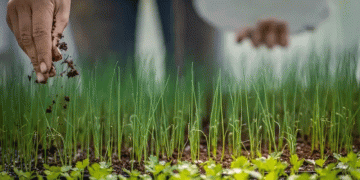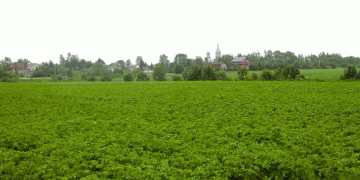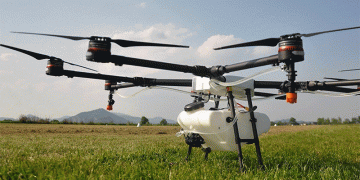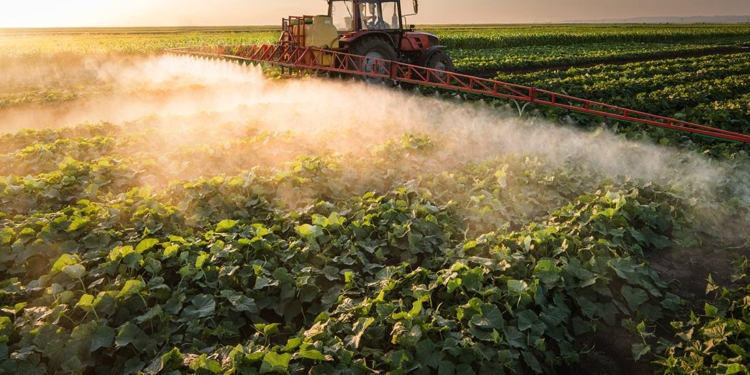Be it soil-applied applications at planting or postemergence applications, spray drift remains a nagging issue for vegetable growers.
“Drift is an emotionally charged issue. No one likes drift; no one likes being drifted on,” said Jason Deveau, application technology specialist in the Agriculture Development Branch of the Ontario Ministry of Agriculture, Food and Rural Affairs. Deveau spoke on spray drift at the most recent Great Lakes Fruit, Vegetable, and Farm Market EXPO, held virtually in 2020.
Every spray application drifts to some degree and there is no single, best solution. “Drift will happen,” Deveau said, “but there are a whole series of activities you can do to reduce the risk.”
Training the operator, watching the weather, using equipment properly and being aware of nearby, sensitive areas are all important, but managing drift starts with understanding nozzles and their effect on droplet size. All nozzles produce a range of droplet sizes at any single pressure.

“A coarse nozzle still produces some small droplets,” Deveau said. Even the low drift nozzles recommended for volatile products, like dicamba, produce a few small droplets.
The spray volume produced by a nozzle and arranged by droplet sizes from smallest to largest would create a classic, bell-shaped curve. Most of the spray a nozzle produces falls within a range of droplet sizes described by the volume median diameter. This is the middle of the bell-shaped curve. There is less spray volume tied up in the smallest and the largest droplets, which is why the curve tapers off on each end.
However, the relationship between spray volume, droplet size and droplet count is tricky. Even though there is very little volume tied up in the smallest droplets, they far outnumber the larger droplets. To help growers navigate all of this, the American Society of Agricultural and Biological Engineers created a protocol that compares nozzles to a known standard, which allows them to be ranked from Very Fine up to Ultra Coarse.
This information can be used to predict the spray’s potential for drift, and the spray’s potential for providing adequate coverage. Some pesticide labels specify a given nozzle category to reduce drift potential. If there is no guidance, growers should use the coarsest nozzle they can that still provides adequate coverage.
“Droplet movement is less predictable with small droplets, and they are more likely to drift,” Deveau said.
Volatile products like dicamba are a special challenge because they can vaporize long after application, depending on the weather conditions. Hot days with low humidity speed the conversion to vapor. If this conversion occurs during a thermal inversion, the vapor can accumulate under the inversion layer before moving great distances in unpredictable directions.
Spraying in cooler weather or on humid or cloudy days are good strategies to manage the problem since vaporization is slower in these conditions. Watching the forecast for predictions of the clear, calm, cool evenings conducive for the development of thermal inversions is also important. Choosing the right time of the day to spray can be complicated.
Spraying during the day may mean spraying when it’s hot and dry, which maximizes vaporization. There’s also the concern of the pesticide’s effect on pollinators. Spraying at night means spraying when it’s calm, but then there’s the risk of a thermal inversion, which may carry vapor drift for miles.
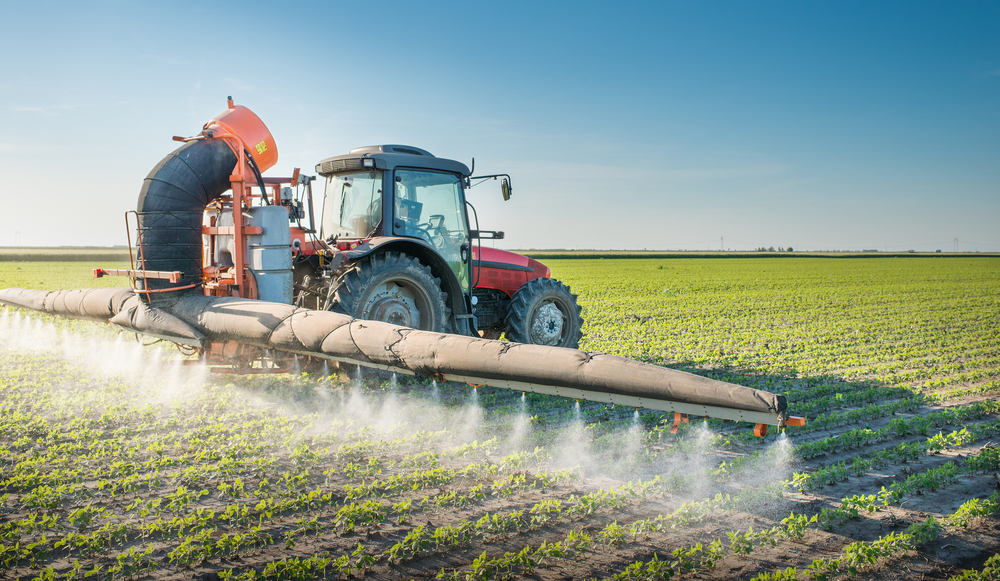
Everyone wants to get done spraying quickly, but only use travel speeds that still allow the spray boom to be kept low.
“The faster the speed, the higher the boom, and the more the spray can drift,” Deveau said. “Driving fast isn’t the way to get done fast. Streamlining mixing and loading is the way to speed spraying.” Adjuvants can improve coverage and reduce drift, but can also cause crop injury in less than ideal conditions. Compatibility is always an issue, too. Test your sprayer by spraying on water-sensitive papers to get a picture of your spray pattern. “The paper is cheap and gives immediate feedback,” Deveau said.
More information on managing spray drift can be found at
prayers101.com. The site is a nonprofit resource maintained in Canada by Deveau and other technology specialists. “There are a lot of ways pesticides can go where we don’t want them to go,” Deveau said, but there are best practices in agricultural spraying to reduce the risk.
